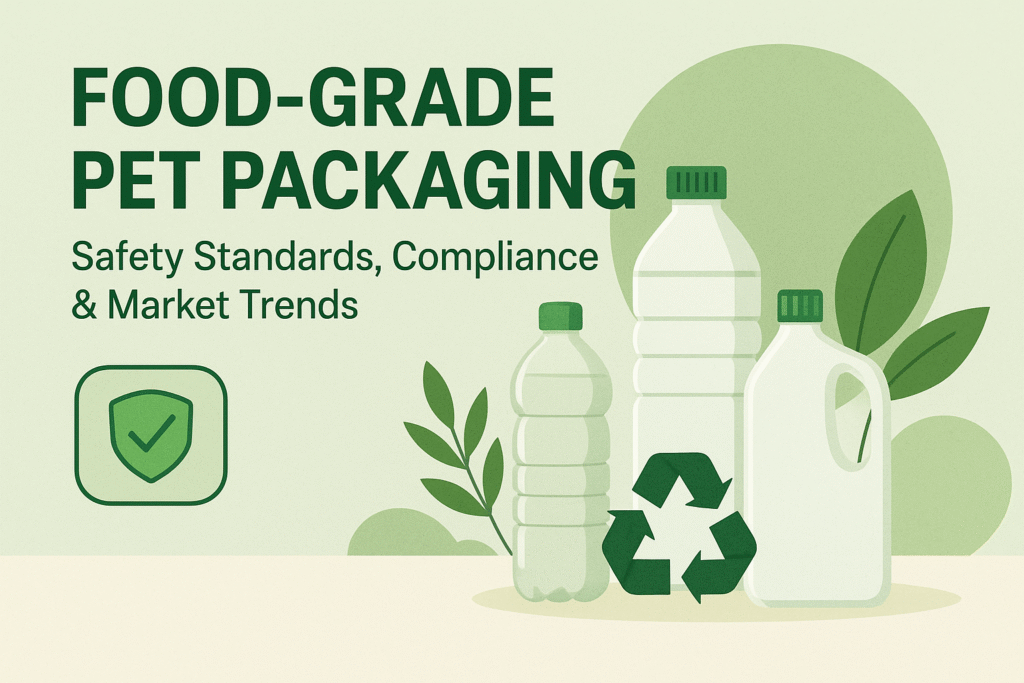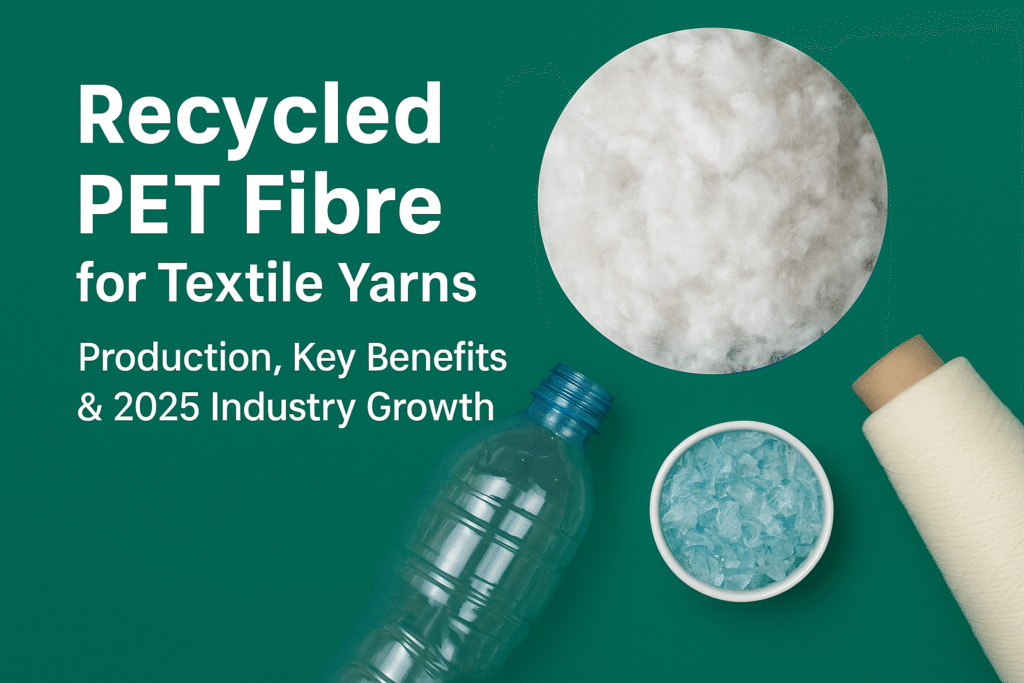rPET fibre is currently one of the fastest-growing sustainable materials in the textile world. From fashion brands to home furnishing manufacturers and industrial textile producers, all are showing a penchant for rPET as a sustainable material.With increasing demand for circular textiles, reduced carbon emissions, and global sustainability commitments, India’s recycled polyester fibre industry is expected to experience strong growth in 2025.
This blog explains how recycled PET fibre is manufactured, why it is beneficial, and how the textile industry is embracing it for large-scale yarn manufacturing in 2025.
What is recycled PET fibre?
Recycled PET is made by collecting used PET bottles and reprocessing them into staple fibre, which in turn is spun into textile yarns for:
- Apparel: T-shirts, active wear, jackets
- Home textiles: carpets, cushions, bedsheets.
- Industrial textiles: geotextiles, filters
- Automotive fabrics
- Upholstery & furnishings
It offers the same durability as virgin polyester, while saving energy, reducing waste, and supporting a circular economy.
How rPET Fibre Is Produced: Step-by-Step
- Collection & Sorting: Used PET bottles are collected and sorted by color and quality. Clear bottles give the best fibre.
- Washing & Label Removal: Bottles are washed thoroughly to remove dirt, glue, and labels.
- Shredding into PET Flakes: Clean bottles are shredded into small uniform flakes—the main raw material.
- Hot Washing & Drying: Flakes are rewashed for purity and dried to the right moisture level.
- Melt Extrusion: Dried flakes are melted, filtered, and pushed through spinnerets.
- Fibre Spinning: The melted polymer forms long filaments that are stretched, crimped, and cooled.
- Cutting into Staple Fibre: Filaments are cut into standard lengths like 32mm, 38mm, 44mm, or 64mm.
- Yarn Spinning: Staple fibre is spun into yarn using ring-spinning or open-end spinning.
Advantages of Recycled PET Fibre
- Use of rPET is eco-friendly and sustainable: Between 45–60% less energy is used in production compared to virgin polyester and CO₂ gas emissions are decreased remarkably.
- Every kg of rPET fibre takes 60–70 plastic bottles diverted from landfills: rPET fibre consumes
- Recycled PET fibre is characterized by remarkable tensile strength, is moisture resistant, and very durable: it is also versatile.
- Cost-Effective for Manufacturers: Due to increasing crude oil prices, rPET is turning out to be a cheaper alternative to virgin polyester.
- Supports Global Circular Economy Goals: Brands around the world are committed to 100% recycling or sustainable materials by 2030. rPET fibre helps them meet their commitments.
Industry Growth of rPET Fibre in 2025
The rPET fibre market of India is expected to grow at a 12–15% CAGR in 2025, driven by:
- High demand from apparel & home textile brands
- Govt. focuses on recycling & plastic waste management.
- Increasing export demand for recycled textile yarns
- Global sustainability mandates from key fashion brands
This has led to increased demand for rPET fibre in India and globally, with brands like Adidas, H&M, Levi’s, and Decathlon using the yarns in substantial quantities.
Also Read: How PET Bottles Are Transformed Into Recycled Polyester Staple Fiber
Conclusion
Recycled PET fibre has developed as a game-changing innovation for textile sustainability. Its increased adoption across yarn manufacturing testifies to how far the textile industry has moved toward a greener future. In 2025, rPET will not be just a trend; instead, it will be a long-term solution that supports both environmental and economic goals. If your textile business is considering moving to sustainable yarns, then rPET fibre is the smart choice for durability, cost-efficiency, and eco-impact.







